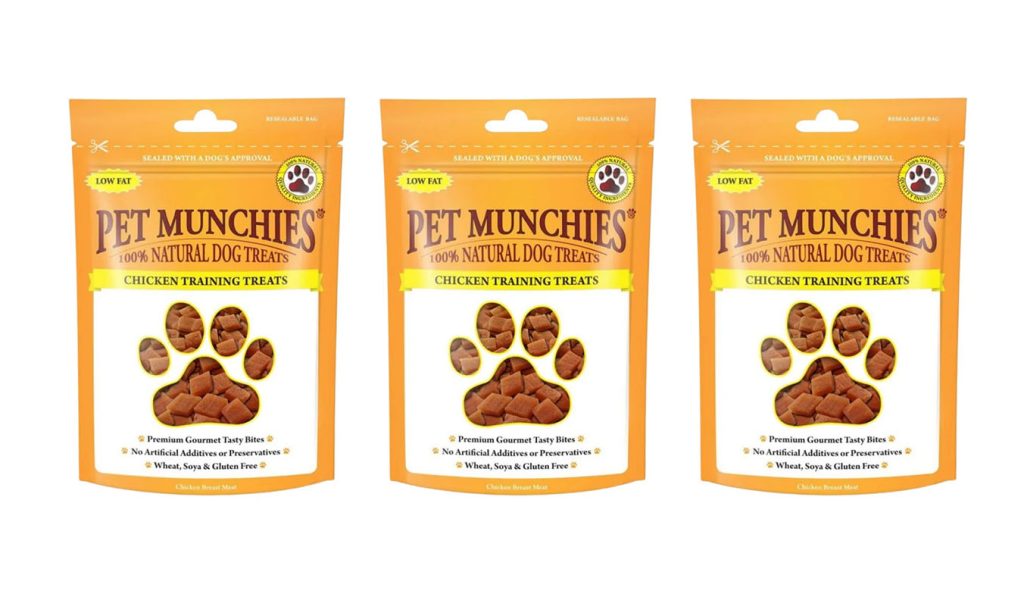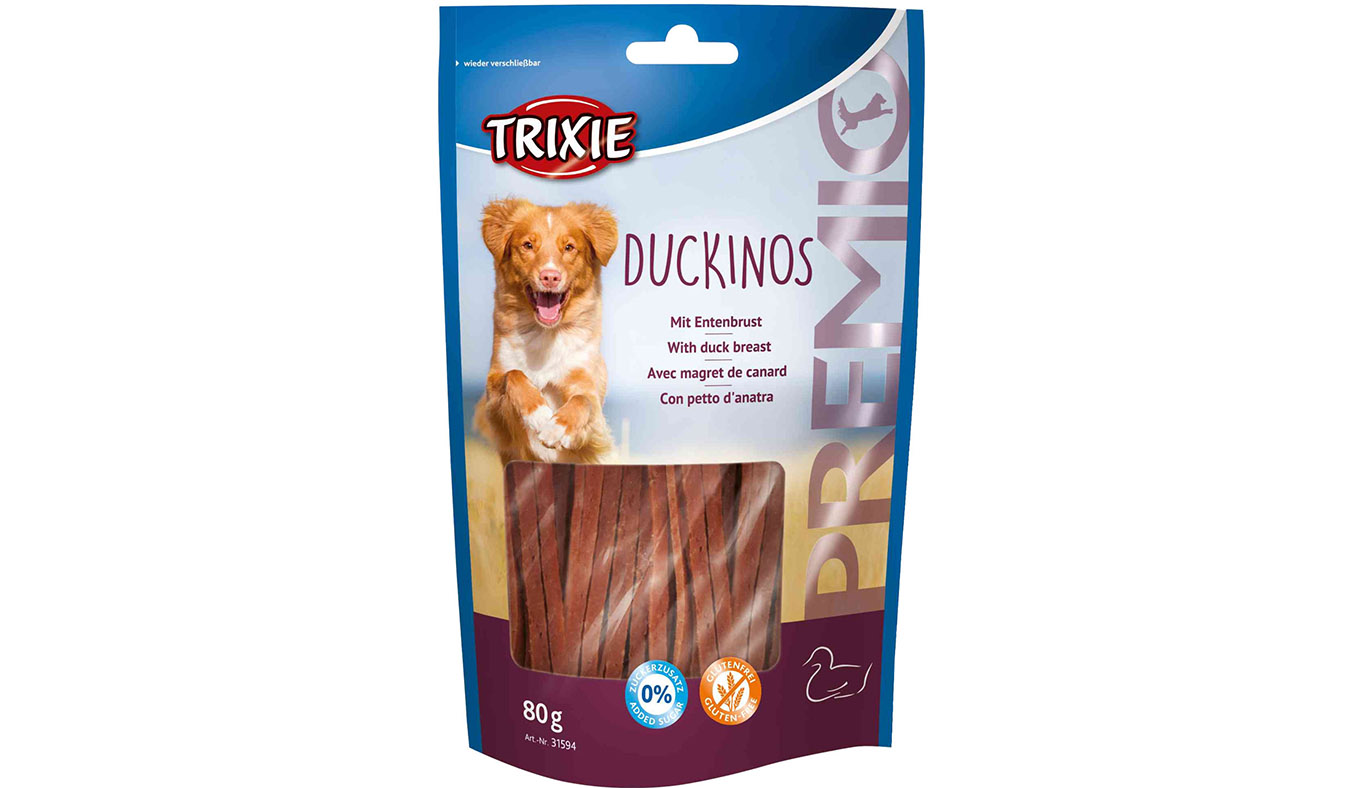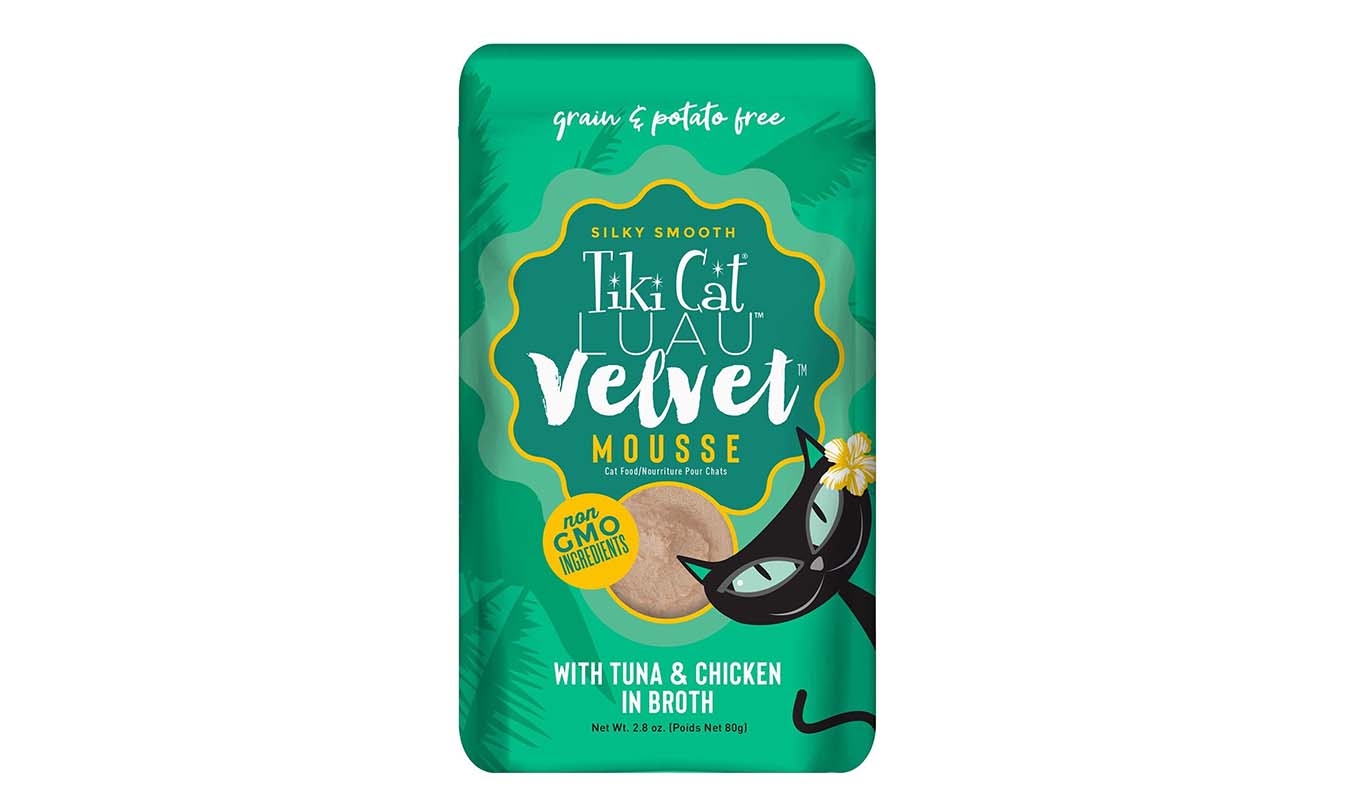“Is it getting old?” — That was the moment I seriously began to consider how aging might be changing my dog. That day, it stared at its favorite big bone for a long time, gave it a gentle lick, but didn’t joyfully bite into it as usual. A wave of unease washed over me.
Dogs age faster than we expect. Weakening teeth, decreased appetite, and difficulty chewing — these seemingly minor changes are actually signs that their bodies are calling for help. What I could do was to protect it gently, starting with the details of its diet. That’s when I began focusing on a category that’s often overlooked — soft treats specially made for senior dogs.
I. Do Dogs Really Eat Differently as They Age?
I used to believe that dogs were born with a love of food and an unpicky palate — until mine slowly entered its senior years, and everything started to change.
Aging in dogs typically begins to show around age 7, and by 10, they’re considered seniors. During this time, several food-related issues can emerge:
- Tooth wear or loss: Over the years, a dog’s teeth can become fragile. Plaque buildup, gingivitis, or periodontal disease can cause teeth to loosen or fall out.
- Weakened bite force: Chewing muscles may deteriorate, making it hard to bite into dry kibble or bones.
- Reduced digestive function: Slower gut motility means poorly chewed food can lead to vomiting, gas, or constipation.
- Decline in taste and smell: They may lose sensitivity to scents, leading to disinterest in food or pickiness.
These changes don’t happen overnight — they accumulate quietly. I realized something was different the moment my dog lost interest in hard treats and started treating bones with casual indifference. That’s when I knew it needed softer, easier-to-eat care.
II. Why Choose Soft Treats?
“Soft treats” may not sound as impressive as “dental sticks” or “air-dried meat,” but for aging dogs, they play an essential role.
- Easy to chew, less pressure on teeth
Soft treats are moist and elastic. Even dogs with poor dental health can tear them apart easily, without causing tooth damage. For elderly dogs with gum issues, this is a blessing. - Gentle texture, boosts appetite
These treats often include natural broths or high-quality ingredients with a tempting aroma and smooth texture, satisfying the pleasure of eating and reviving diminished appetites. - Tailored nutrition for senior dogs
Many premium soft treats contain ingredients like glucosamine and chondroitin (for joint support), digestive enzymes, and Omega-3 fatty acids — making them both treats and supplemental health aids. - Perfect for hiding medication
This is especially important. Senior dogs may need long-term meds, and hiding pills in treats is one of the most effective tricks — soft treats do the job beautifully.

III. How I Choose Soft Treats
With so many options out there, I developed my own set of standards:
- Clean ingredients, no artificial additives
I avoid anything with colorants, preservatives, or flavor enhancers. My priority is products where meat is the first ingredient, with transparent labeling. - Right texture, easy to tear
If I can break it with my fingers easily, it’s suitable for a dog with weak teeth. Too sticky or overly mushy textures aren’t ideal either, as they may stick to teeth or be hard to swallow. - Senior-specific formulas
I look for added joint support, low-fat/high-protein content, or digestive-friendly ingredients. These are key in determining whether it’s a good long-term option. - Palatability — my dog has to love it
The best nutrition is useless if my dog won’t eat it. No matter how great the ingredients are, if my dog won’t even sniff it, it’s a waste.
IV. Five Soft Treats I Recommend
These are five soft treats I’ve personally tested and observed over time. They’re UK or Western-market products that work well for aging dogs with dental issues:
1. Forthglade Soft Bites – Natural Chicken with Duck
- From a trusted UK natural pet food brand
- Gelatinous-soft texture, easy to chew, non-sticky
- Grain-free, no sugar or additives
- Contains sunflower oil and apple fiber for gut health
What I love most: the real meat aroma is strong and appealing — my dog rushes over as soon as I open the bag. Great for picky and older dogs alike.
2. Lily’s Kitchen Organic Bedtime Biscuits
- Includes chamomile and honey for calmness
- Soft and crumbly, easy to break apart
- UK organic certification
- Non-greasy, ideal for bedtime snacks
I use these before bed as a gentle reward — a soft treat that says, “You did great today.”
3. Bounce and Bella Grain-Free Training Treats
- Grain-free, low-allergen and easy to digest
- Small and bite-sized
- No artificial flavors or additives
- Rich in chicken and liver — super palatable
Though marketed as training treats, their soft texture is perfect for dogs with weaker bites. I usually toss a few in the bowl, and my dog enjoys chewing them slowly.
4. JR Pet Products Pure Paté
- 100% meat content, grain-free, additive-free
- Comes in cans — soft, spreadable pâté
- Can be sliced, balled, or used for hiding pills
- Great for mixing with kibble
This is like meat paste for dogs. I use it not just as a treat but also to blend with dry food for added moisture and taste. Excellent for seniors.
5. Pet Munchies Chicken Training Treats (Soft Version)
- From a well-known UK pet jerky brand
- Low-fat, high-protein — ideal for weight control
- Small pieces, low chewing difficulty
- Complies with UK animal welfare standards
A surprise find at the supermarket. These are soft, aromatic, and consistently well-received. My dog has never refused one.

V. My Daily Treat-Feeding Principles
Even the best treat needs thoughtful usage. For senior dogs especially, “quantity, pairing, and occasion” matter more than ever. Here’s what I follow:
- Keep total daily treats under 10% of main food intake
Seniors have slower metabolisms. Soft treats often have higher protein and fat, so I monitor total nutrients closely. - Use for bonding and calming situations
I give one or two after nail trims, brushing, or walks — associating these routines with joy and reducing stress. - Supplements, not meal replacements
They can help appetite but shouldn’t replace meals. I sometimes mix them into meals, hide medicine in them, or use them for enrichment — but a balanced diet is still the core. - Watch poop quality and adjust accordingly
Too fatty or high-protein treats can cause soft stool. I always check bathroom behavior when introducing a new product.
VI. From “Can’t Chew” to “I See You Growing Old”
Dogs can’t say “my teeth hurt,” “I can’t chew,” or “this doesn’t feel right.” But we can see it — in their small gestures and soft glances.
Soft treats are more than food — they’re a language. They say, I remember what you used to like, I know you need something gentler now, I still want to pamper you.
I’m glad I adjusted my dog’s diet in time, letting it eat more comfortably and live more healthily as it aged. Their lives are short. But we can fill them with warmth and kindness — even if it starts with just one soft, tender bite.



